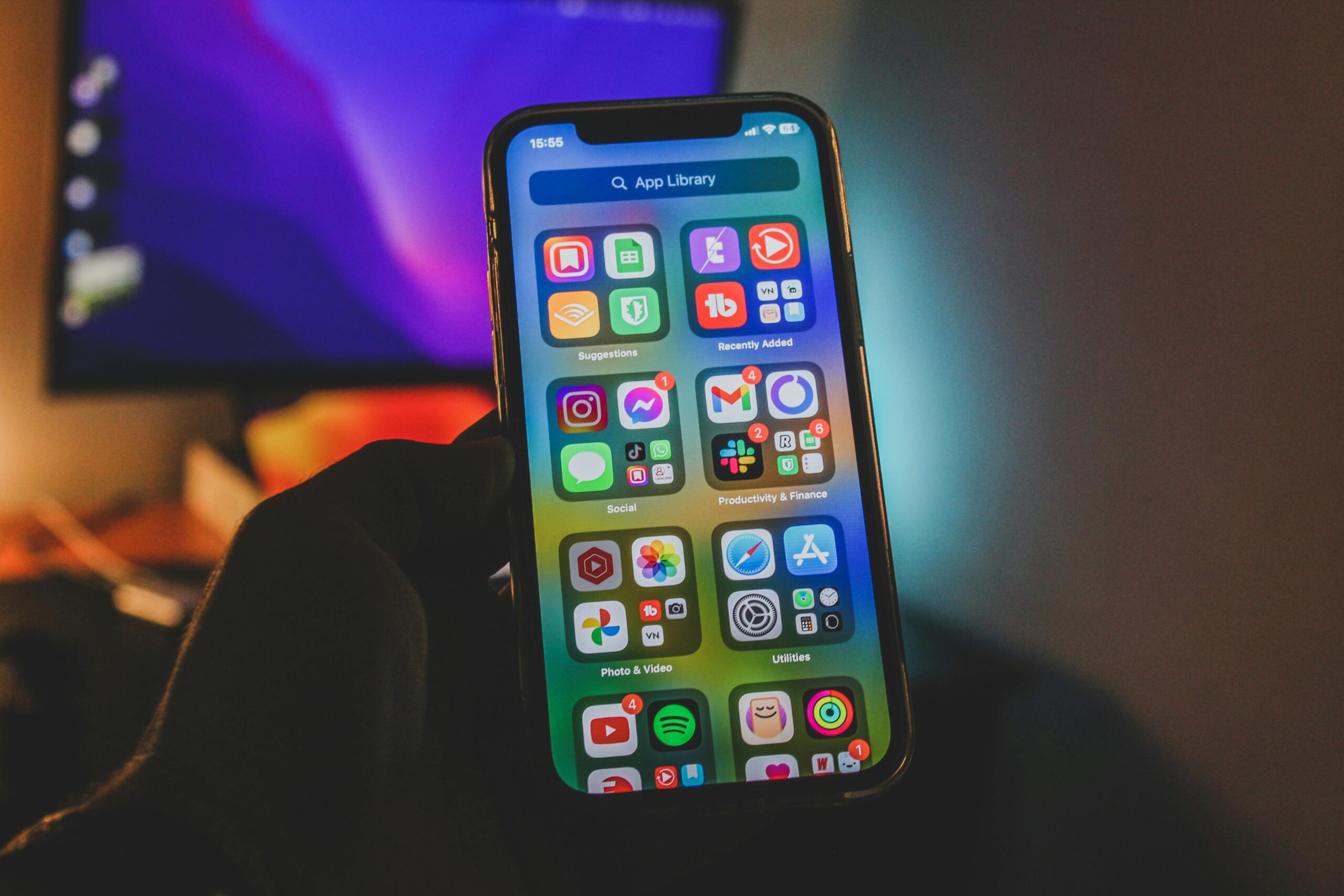
The Screen Time Solution Nobody Talks About
The Screen Time Solution Nobody Talks About
Last week, a mom sat in my office and said something I’ll never forget: “I feel like I’m fighting a war I can’t win. My eight-year-old has a meltdown every time I ask him to turn off his iPad, and honestly? Some days I just… give up. Then I lie awake at night feeling like the worst parent in the world.”
I looked at her exhausted face and said, “What if I told you the real problem isn’t the screen time at all?”
She blinked. “Wait… what?”
Here’s the thing nobody talks about when it comes to screens: The battle isn’t about minutes or apps or parental controls. It’s about what happens in the space around the screen — and that’s exactly where the solution lives.
Why Screen Time Feels Like a Losing Battle
We’ve all heard the guidelines. The American Academy of Pediatrics recommends no more than one to two hours of quality screen time per day for kids over two. Great. Except when you’re juggling work calls, dinner prep, and a toddler who’s discovered YouTube Kids, those numbers can feel like they’re mocking you from some parallel universe where parents have personal assistants.
But here’s what the research really shows — and it’s surprisingly hopeful. A 2023 study published in the Journal of Child Psychology and Psychiatry found that it’s not just screen time duration that matters; it’s the quality of family interaction surrounding it. Kids who had meaningful conversations with parents about what they watched, or who used screens alongside family members, showed significantly fewer behavioral issues than those who were simply handed devices as digital babysitters.
You’re not imagining the tension. According to the Pew Research Center, nearly 65% of parents say that parenting today is more complicated than it was for previous generations, with technology being cited as a primary stressor. But what if the screens themselves aren’t the enemy? What if we’ve been asking the wrong question all along?
Instead of “How do I limit screen time?” try this: “How do I make our family’s relationship with technology feel connected instead of isolating?”
The Screen Time Solution Nobody Talks About: Co-Viewing and Connection
The solution isn’t about becoming a screen-time drill sergeant (spoiler: that rarely works and always exhausts everyone). It’s about something developmental psychologists call “joint media engagement” — a fancy term for being present and curious about your child’s digital world.
Think about it this way: If your daughter came home from school talking about a new friend, you’d ask questions, right? You’d want to know what they talked about, what games they played. The same principle applies to screens. When we show genuine interest instead of judgment, something magical happens — the screen becomes a bridge instead of a wall.
Five Tools That Actually Work
1. The “Tell Me About It” Approach
Instead of immediately saying “Turn that off,” try: “Oh, what’s happening in that game?” or “That looks interesting — can you show me how it works?” This transforms the interaction from confrontation to connection. You’re not endorsing unlimited screen time; you’re acknowledging your child’s interests matter to you.
2. The Screen-Free Ritual Buffer
Create one small, sacred routine that happens right before and right after screen time. Maybe it’s a five-minute dance party, a snack together, or a quick walk around the block. This isn’t about restricting screens — it’s about bookending them with connection. Kids feel less abandoned by the transition, and you feel less like the villain.
3. The “Yes, And…” Strategy
Borrowed from improv comedy, this technique works wonders. When your child asks for more screen time, instead of “No, you’ve had enough,” try: “Yes, I know you love that show, and we have dinner in ten minutes. Would you like to help me set the table so we can watch one episode together after we eat?” You’re validating their desire while steering toward connection.
4. The Curiosity Conversation
Once a week, have a judgment-free conversation about what they’re watching or playing. Ask questions like: “What do you like most about that character?” or “If you could create your own level, what would it look like?” This builds critical thinking and keeps communication open for the big stuff later.
5. The Parent Screen Audit
Here’s the uncomfortable truth: Kids model what they see. If we’re constantly on our phones during dinner or checking email during conversations, we’re teaching them that screens take priority over people. Try the “phone basket” experiment — everyone (including you!) puts devices in a basket during family time. No shame, no lectures, just a collective choice to be present.
| Tool | What It Does | How to Try It |
|---|---|---|
| “Tell Me About It” | Transforms screens from battleground to conversation starter | Ask genuine questions about what they’re watching instead of immediately redirecting |
| Screen-Free Ritual Buffer | Eases transitions and prevents meltdowns | Create a 5-minute connection activity before and after screen time |
| “Yes, And…” Strategy | Validates feelings while guiding toward healthier choices | Acknowledge their desire, then offer a connected alternative |
| Curiosity Conversation | Builds critical thinking and keeps communication open | Weekly judgment-free discussion about their digital world |
| Parent Screen Audit | Models the behavior you want to see | Try the “phone basket” during family time — everyone participates |
The Truth About “Perfect” Screen Time
That mom I mentioned at the beginning? A month later, she came back with an update. She hadn’t eliminated screen time (because, let’s be real, we’re not raising kids in the 1950s). But she started sitting with her son during his favorite YouTube videos for just ten minutes each evening. She asked questions. She laughed at the silly parts. She learned why he loved what he loved.
“The meltdowns didn’t disappear,” she admitted. “But they’re different now. Shorter. Less intense. And I don’t feel like we’re on opposite sides anymore.”
That’s the real screen time solution nobody talks about: It’s not about control. It’s about connection. When kids feel seen and heard in their digital interests, they’re more willing to disconnect. When parents stop fighting screens and start getting curious about them, the whole dynamic shifts.
You’ve already taken the hardest step — caring enough to look for better answers than “just take the iPad away.” This week, pick just one of these tools and try it. Maybe it’s sitting down to watch that Minecraft video you’ve been tuning out, or creating a simple after-screen ritual. You don’t need to be perfect. You just need to be present. And that? You’re already doing it.



